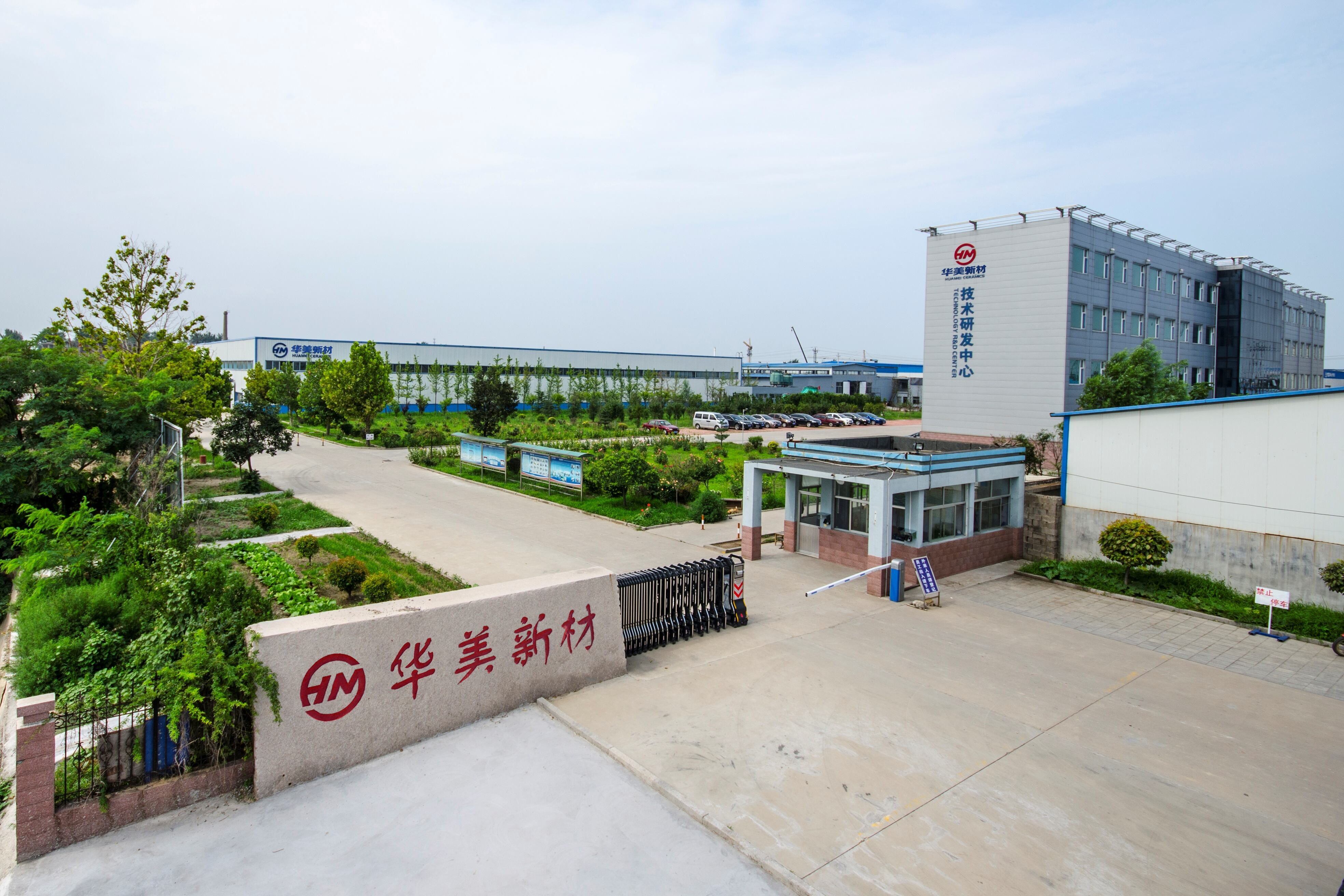Description
KCE® Reaction sintered silicon carbide cantilever paddles/propellers, formed by casting or 3D printing process, reaction sintered, then sandblasted and precision machined according to the drawing requirements to meet the usage requirements.
Specifications
KCE® SiSiC/RBSiC Technical Data Sheet
| Technical Parameters | Unit | Value |
| Silicon Carbide content | % | 85 |
| Free Silicon content | % | 15 |
| Bulk Density 20°C | g/cm³ | ≥3.02 |
| Open Porosity | Vol % | 0 |
| Hardness HK | kg/mm² | 2600 |
| Flexural Strength 20°C | MPa | 250 |
| Flexural Strength 1200°C | MPa | 280 |
| 20 – 1000°C (Coefficient of Thermal Expansion) | 10–6 K–1 | 4.5 |
| Thermal Conductivity 1000°C | W/m.K | 45 |
| Static 20°C(Modulus of Elasticity ) | GPa | 330 |
| Working temperature | °C | 1300 |
| Max. Service Temp (air) | °C | 1380 |
Applications
Reaction sintered silicon carbide cantilever paddles/propellers are a key component of photovoltaic cell loading system.
Usually used for PECVD equipment in the photovoltaic solar energy industry, or for carrying and transporting silicon wafers at high temperatures in LPCVD equipment and oxide diffusion equipment.
Advantages
Silicon carbide cantilever paddles/propellers have stable performance, do not deform in high temperature environments, have a large wafer loading capacity, are resistant to rapid cooling and heating, have a small coefficient of thermal expansion, and have a long service life.
The maximum operating temperature can reach 1380 ℃; Low thermal expansion; Extremely strong thermal shock stability; The thermal expansion coefficient of cantilever propeller and LPCVD coating is similar, and their application in LPCVD greatly extends the maintenance and cleaning cycle and significantly reduces pollutants.






